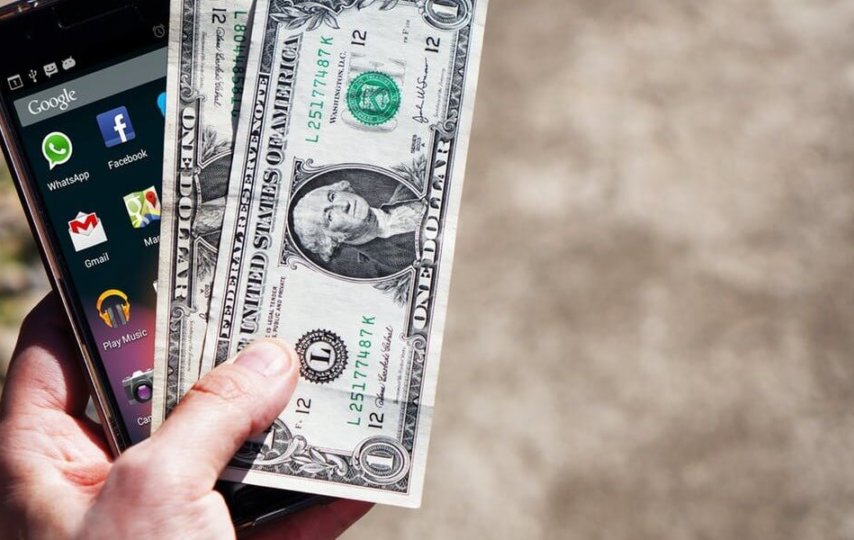When we think of money, we imagine paper notes passing through note counter machines. Although deprived of actual value, money is symbolically valuable. It allows us to exchange goods and services, save wealth, and put a price on things.
Before money came into being, roughly around 3000 years ago, the primary mode of transactions was bartering – a fair and direct exchange of items or services. Bartering goods led to the formation of currency over the years in the form of objects like animal skin and weapons.
Sometime around 770 B.C., the Chinese became the first to devise a currency system by switching from usable objects such as tools and weapons to more compact replicas of the same items. This system was rather impractical and dangerous and thus was replaced with coins.
While China was the first country to develop a currency system, it was a region in Europe called Lydia (modern-day, Western Turkey) that first manufactured coins on an industrial scale in 600 B.C. These coins were made with electrum, a mix of gold and silver, and stamped with pictures that served as denominations.
In 700 B.C., China made the switch to paper money. Parts of Europe continued to use metal coins for currency up to the 16th century. Eventually, banks started using paper notes issued by central banks. The shift to paper money thereby led to an increase in international trade.
Today, with the advent of mobile banking and virtual currency, money is no longer restricted to being a tangible entity. Regardless, it forms the basis of how businesses around the world operate.
Global Currency Trends and the Future of Money
As the world shifts to electronic and virtual currency, global financial systems seem to become more complex, thereby compelling people to wonder what the future of money and currency will look like.
The following are some observations that may determine the future of money.
The Relevance of Paper Money
Cash transactions have reduced by 40 to 70% over the years as other means, such as digital transactions, are much faster, accessible, and convenient. Moreover, cash holdings have reduced by 80% as paper money is no longer the dominant payment mode. Paper money, however, still backs electronic currency, much like paper money was once backed by the gold standard.
Paper money will not completely disappear owing to its tangibility and ease of use. Those who are not as technologically inclined will prefer it over digital means. Moreover, paper money will be used for security purposes and privacy concerns. People will also maintain cash holdings as a backup if any network interruptions, blackouts, etc.
The Road to a Cashless World
Cash may disappear many years down the line if governments choose to withdraw it in an attempt to reduce criminal activity and tax evasion.
A digital cash infrastructure may replace the conventional physical cash infrastructure, guaranteeing the same level of anonymity, security, and privacy as physical cash. This will enable banks to impose deep negative interest rates on digital money deposits by cutting down incentives to boost aggregate demand, thereby improving economic activity.
The Rise of Digital Currency
The value of a currency is simply what is assigned to it! The world has seen the rise and fall of currencies like Bitcoin, which is possibly why the world refrains from making a complete shift to digital currency.
Aside from the storage value of digital currencies, the absence of national currencies is merely unimaginable. As long as taxes apply, governments have the authority to dictate the currency in which those taxes are required to be paid.
The End of Central Banking
Centrally issued currencies will take over central banks and sovereign currencies as traditional central banks fall into irrelevance and eventual disappearance. Non-sovereign currencies, such as Q.Q. Coin, Libra, and M-Pesa will evolve to become the dominant form of money as they are under the control of their issuers instead of a sovereign basket or currency.
The Expected Evolution of a Universal Currency
The concept of a universal currency may seem ideal; however, it is far from practical. However, the number of currencies is expected to fall over the years with increased globalization. We may even witness a time when there are only a handful of currencies in use, all of which shall compete over standards.













